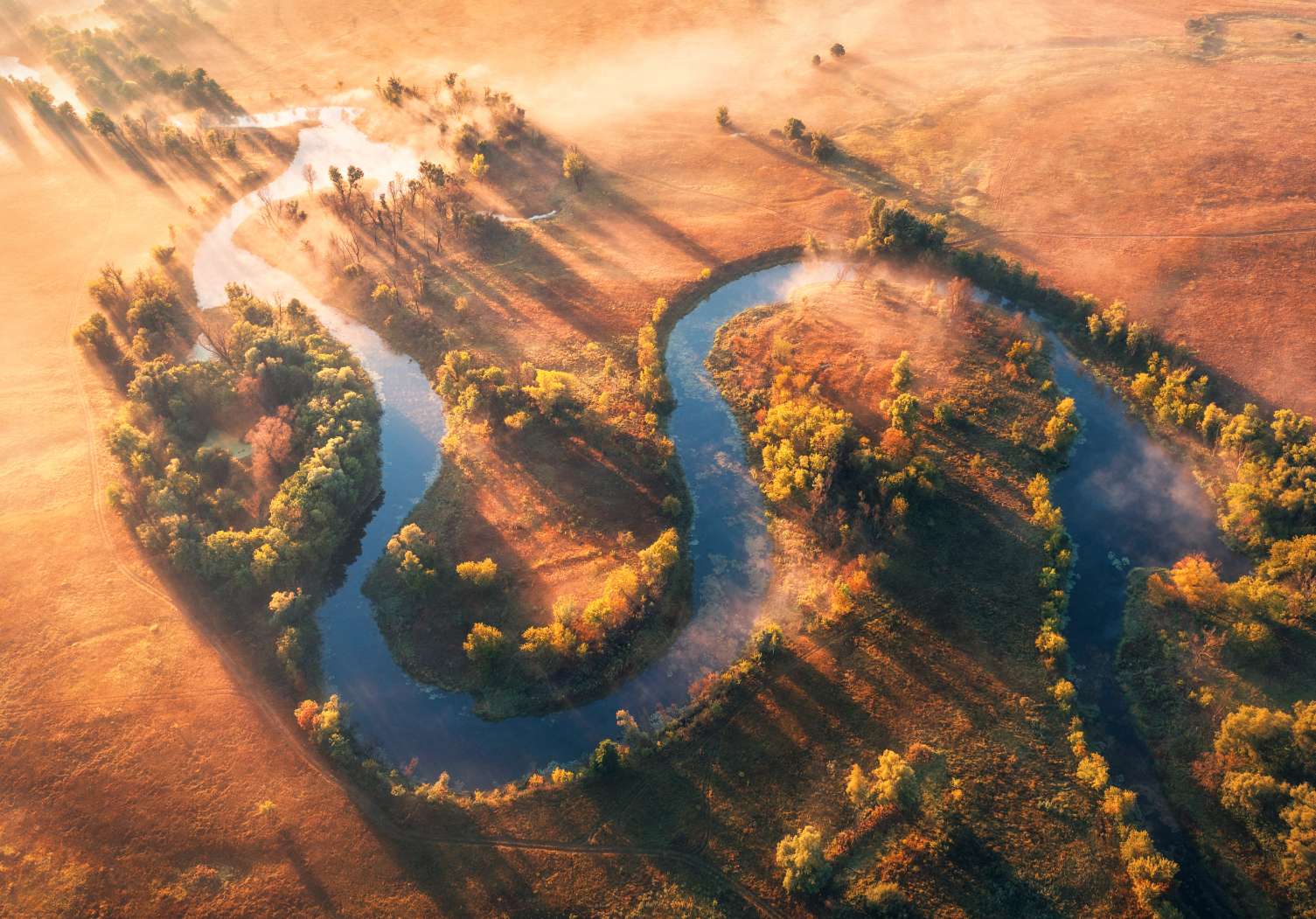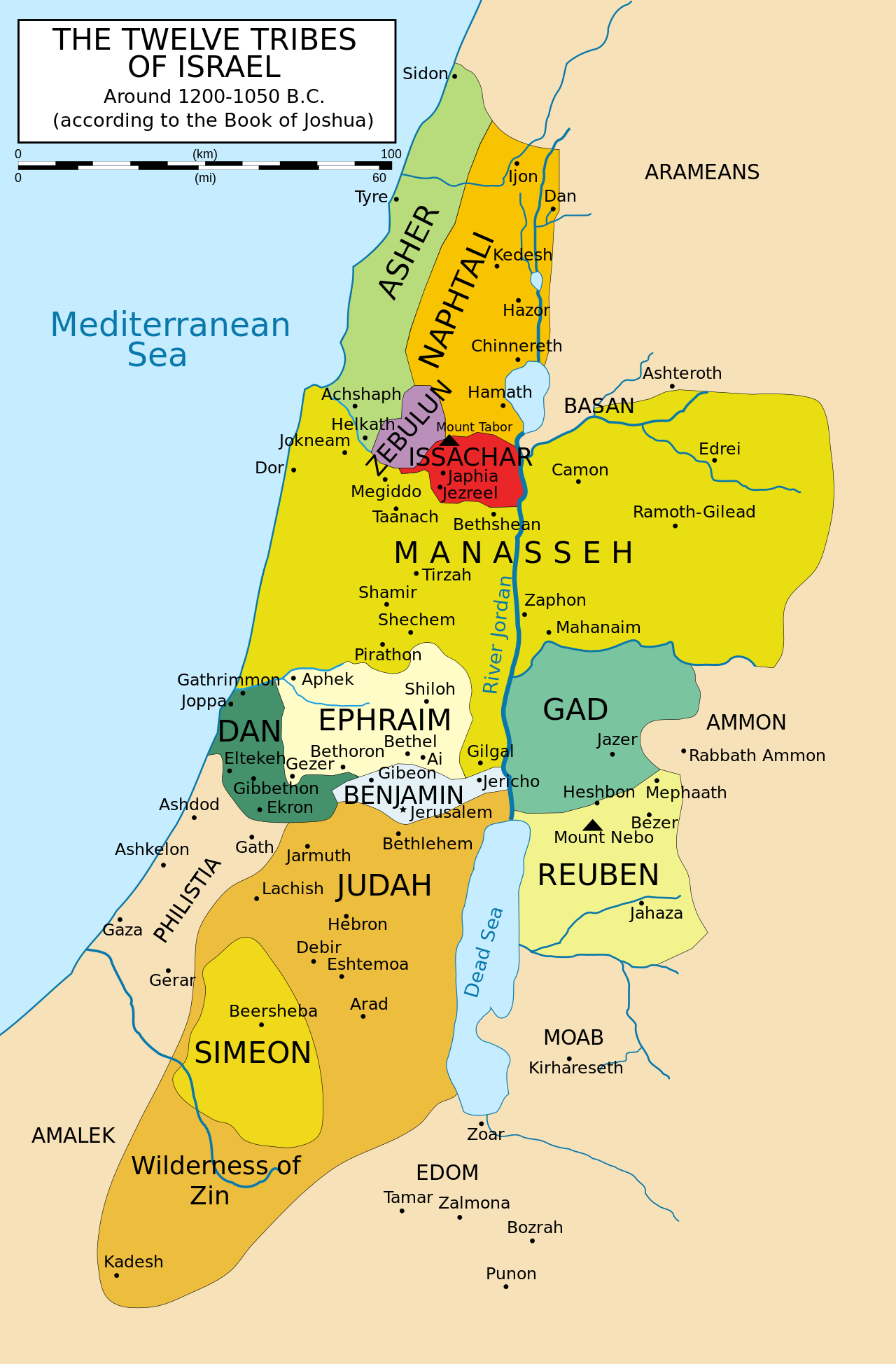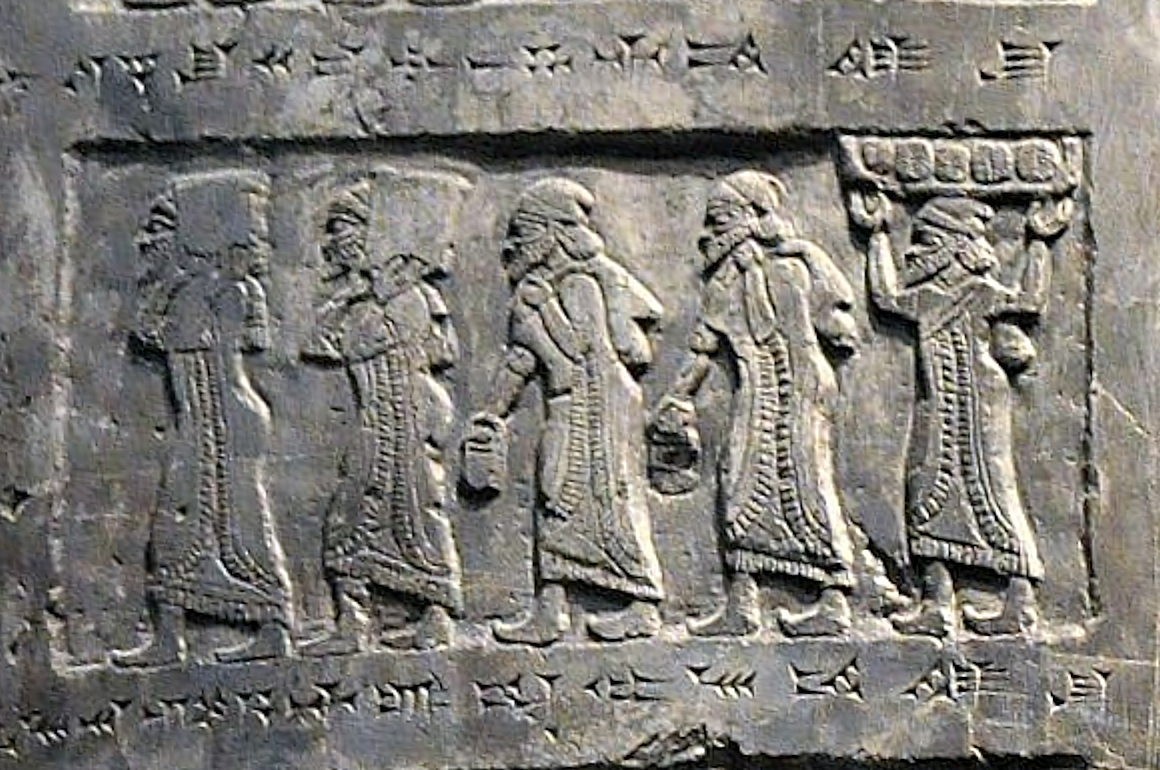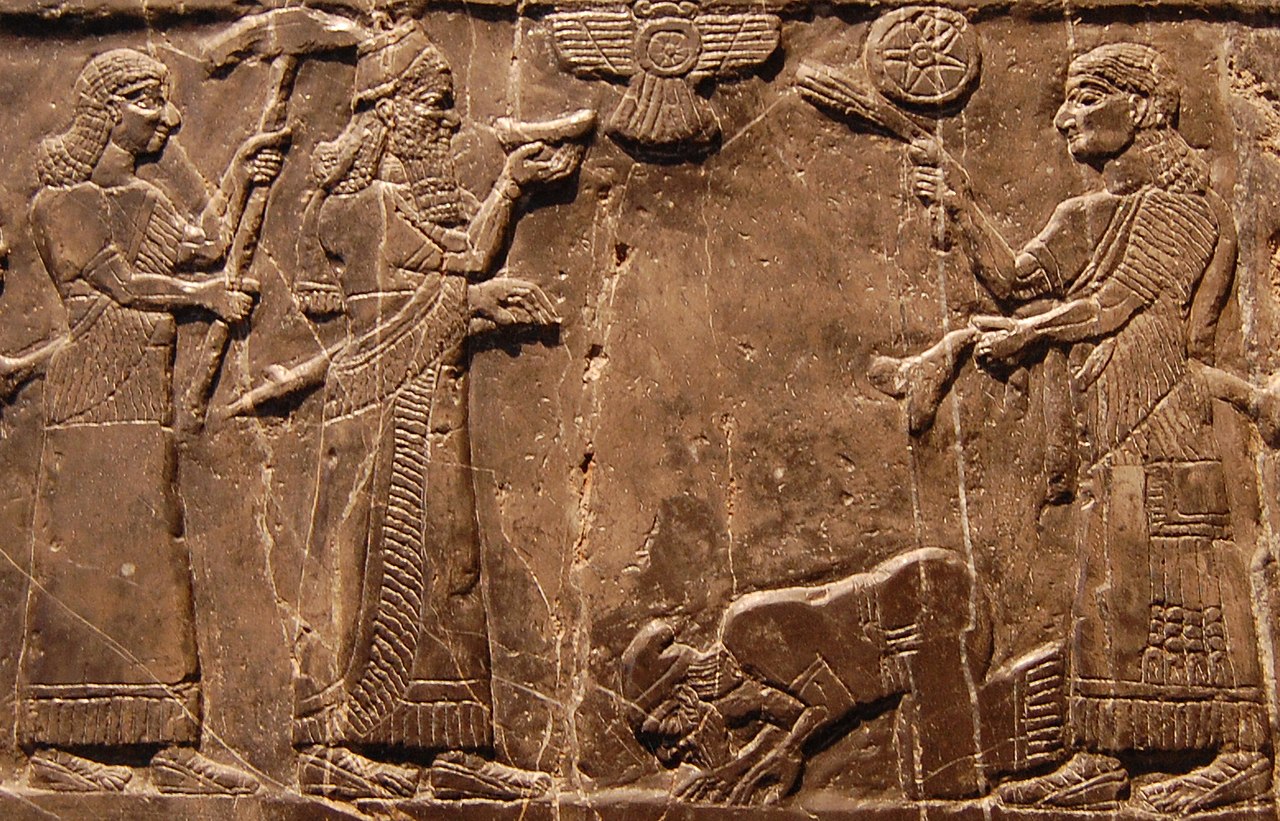In the realms of mythology and ancient legends, there exists a river shrouded in mystery and mystique, known as the Sambation River.

The Sambation River is said to be located deep within the heart of Asia, encompassing the lands now known as Iran and Turkmenistan. It is believed to hold significant religious and cultural importance, with mentions dating back to biblical times.
According to ancient texts, the Sambation River possesses extraordinary qualities. It flows swiftly from Monday to Friday, but mysteriously comes to a complete standstill on the Sabbath day, making it impossible for anyone to cross its waters. This enigmatic characteristic has sparked countless legends and tales throughout history.
One prominent myth associated with the Sambation River revolves around the Ten Lost Tribes of Israel.
According to legend, 10 of the original 12 Hebrew tribes, which, under the leadership of Joshua, took possession of Canaan, the Promised Land, after the death of Moses. They were named Asher, Dan, Ephraim, Gad, Issachar, Manasseh, Naphtali, Reuben, Simeon, and Zebulun—all sons or grandsons of Jacob.

In 930 BC the 10 tribes formed the independent Kingdom of Israel in the north and the two other tribes, Judah and Benjamin, set up the Kingdom of Judah in the south. Following the conquest of the northern kingdom by the Assyrians in 721 BC, the 10 tribes were exiled by the Assyrian king, Shalmaneser V.


The tale tells of these 10 exiled tribes who sought refuge on the Sambation river’s banks to escape wars and persecution. They, along with their sacred artifacts, were protected by the river’s supernatural forces, rendering the location inaccessible to outsiders.
As centuries passed, the Sambation River became synonymous with mystery and the longing for the lost tribes. Many explorers and adventurers were lured by the river’s enchanting aura, attempting to unlock its secrets and locate the hidden tribes.
Countless expeditions were organized but proved futile, as the Sambation River remained impenetrable. Some legends say that the river’s water is too shallow to allow ships to pass, while others claim it is a test of faith for those seeking the lost tribes.
In the 17th century, Menasseh ben Israel used the legend of the lost tribes in pleading successfully for admission of Jews into England during Oliver Cromwell’s regime. Peoples who at various times were said to be descendants of the lost tribes include the Assyrian Christians, the Mormons, the Afghans, the Beta Israel of Ethiopia, the American Indians, and the Japanese.

Among the numerous immigrants to the State of Israel since its establishment in 1948 were a few who likewise claimed to be remnants of the Ten Lost Tribes. The descendants of the tribes of Judah and Benjamin have survived as Jews because they were allowed to return to their homeland after the Babylonian Exile of 586 BC.
In recent years, scholars and explorers have sought to uncover the Sambation river’s exact whereabouts, with proposed sites ranging from the usual suspect like Mesopotamia to China. Other attempts have placed Sambation River in Armenia, where an ancient kingdom was situated in the eastern part of Anatolia and the southern Caucasus region, Central Asia (specifically Kazakhstan or Turkmenistan), and Transoxiana, a historical region encompassing parts of modern-day Uzbekistan, Tajikistan, and Turkmenistan.
Today, the Sambation River remains shrouded in legend, invoking wonder and intrigue within those who hear its tales. As it winds through the lush landscapes of Asia, it continues to beckon adventurers and scholars from around the world to unlock its secrets and reveal the destiny of the lost tribes of Israel.




